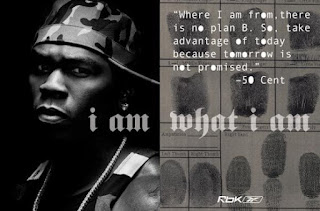Narrative
Read Media Factsheet 14 - Telling Stories: The Media's Use of Narrative and answer the following questions: 1) Give an example from film or television that uses Todorov's narrative structure of equilibrium, disequilibrium and new equilibrium. In the movie Train To Busan, the equilibrium is that Seok-woo and his daughter are travelling back home. The disequilibrium is the zombie apocalypse where they are attacked and are trying to reach the safety point Busan. The New equilibrium is when his daughter reaches Busan and is finally safe. 2) Complete the activity on page 1 of the Factsheet: find a clip on YouTube of the opening of a new TV drama series (season 1, episode 1). Embed the clip in your blog and write an analysis of the narrative markers that help establish setting, character and plot. https://youtu.be/49_44FFKZ1M (Trailer as i cant find full episode) Temporal Market: It is day as seen through the main characters bedroom...

